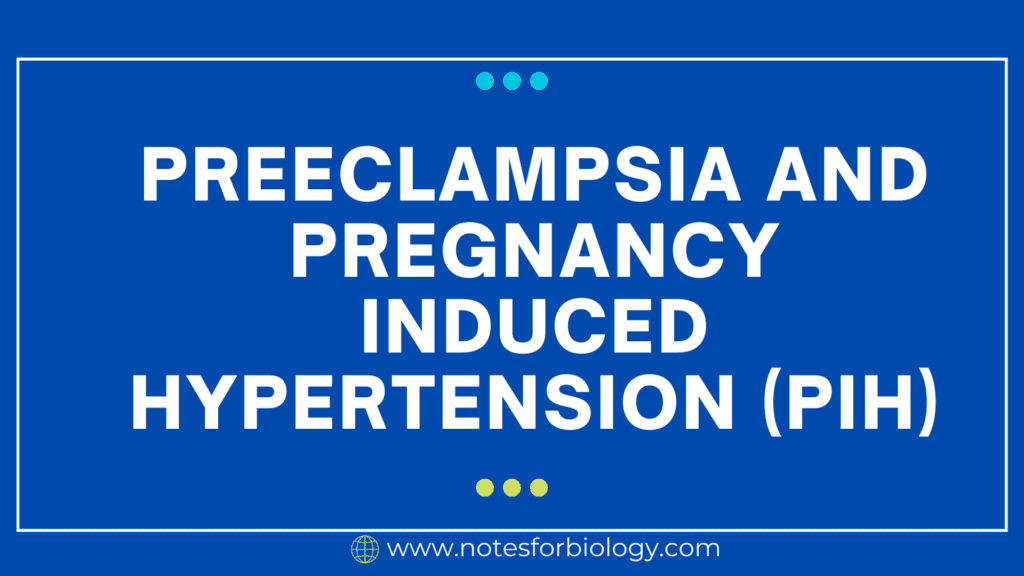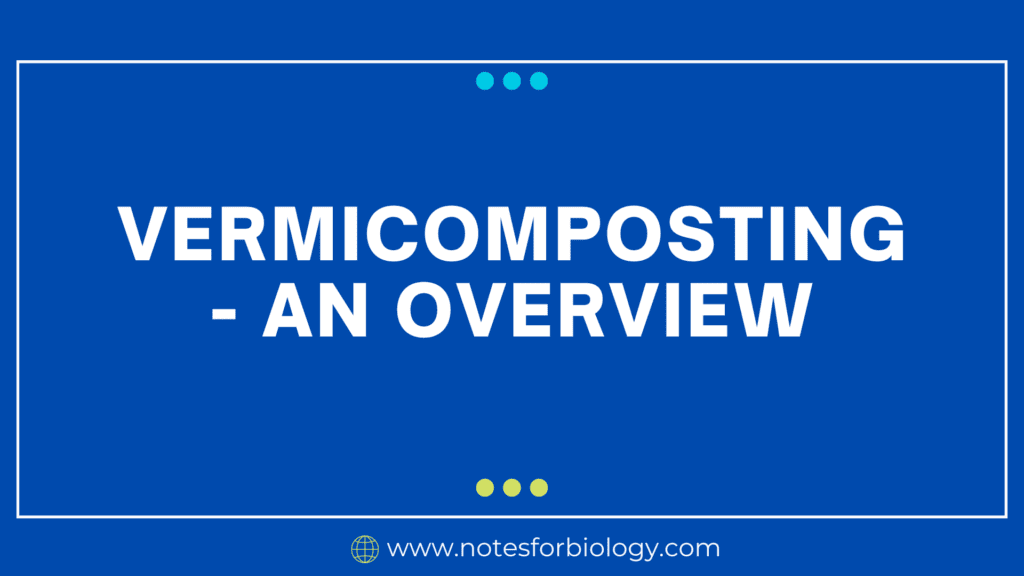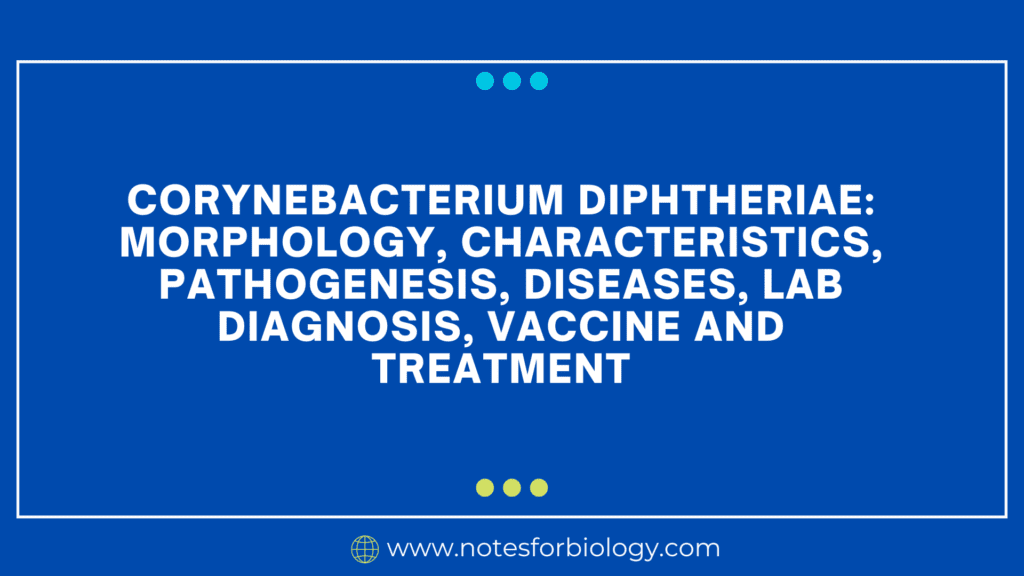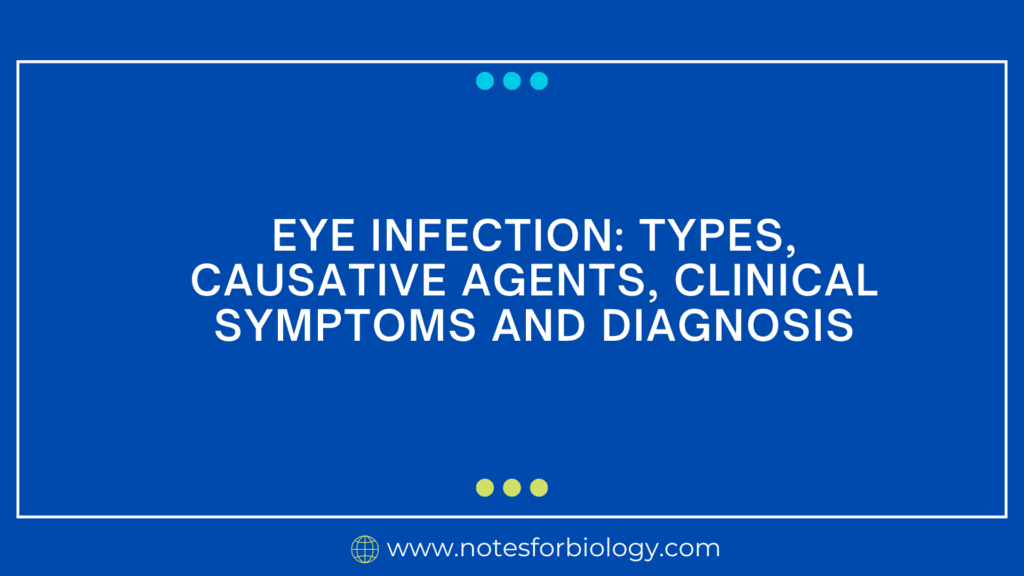Preeclampsia and pregnancy induced hypertension (PIH)
Preeclampsia Preeclampsia is a pregnancy-specific disorder characterized by the development of hypertension and often proteinuria (excess protein in the urine) after 20 weeks of gestation. It can affect multiple organ systems and lead to serious complications for both the mother and the fetus if not properly managed. Clinical Features Complications: Pathophysiology: Management: Monitoring: Medications: Delivery: […]
Preeclampsia and pregnancy induced hypertension (PIH) Read More »










